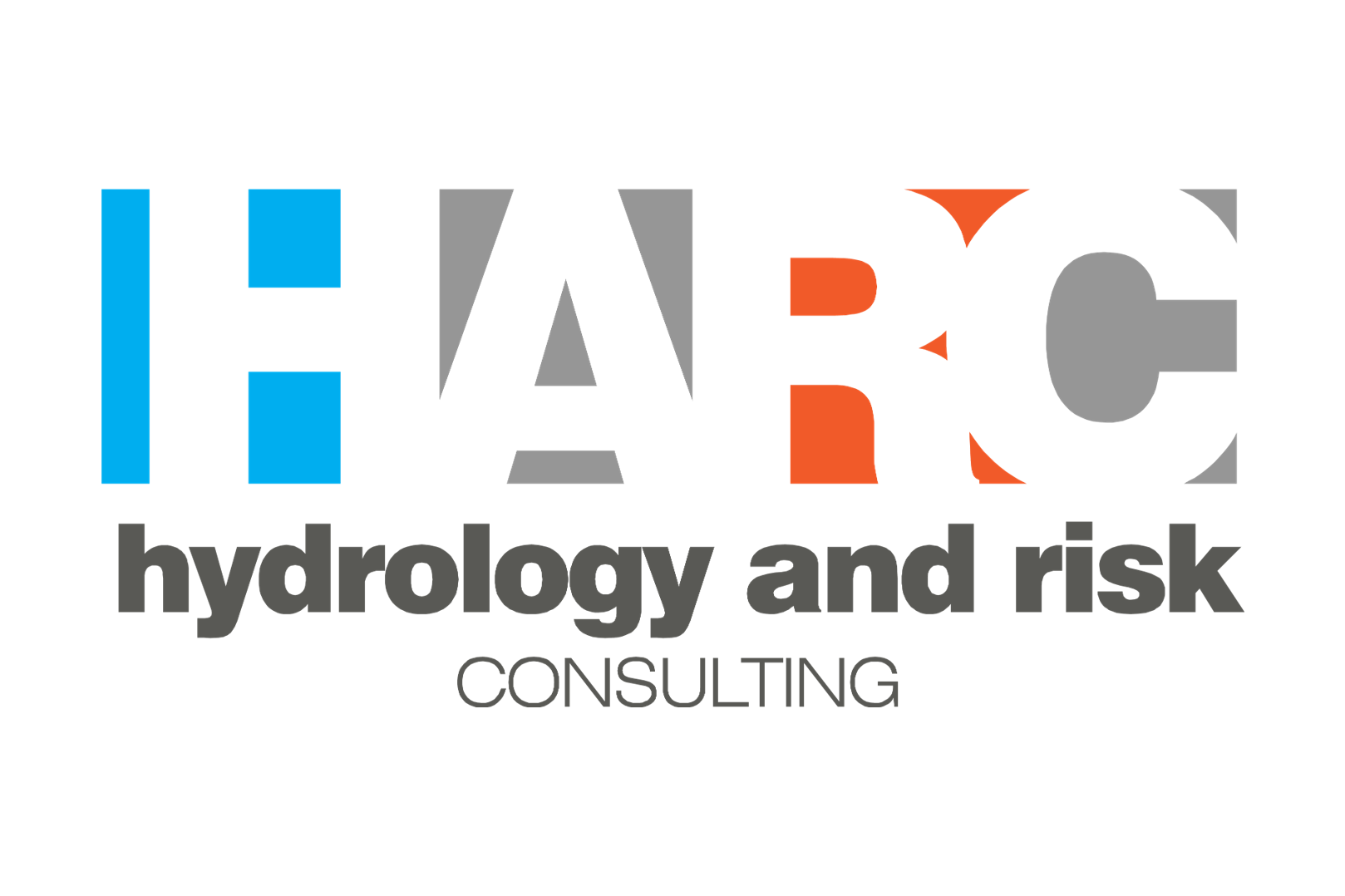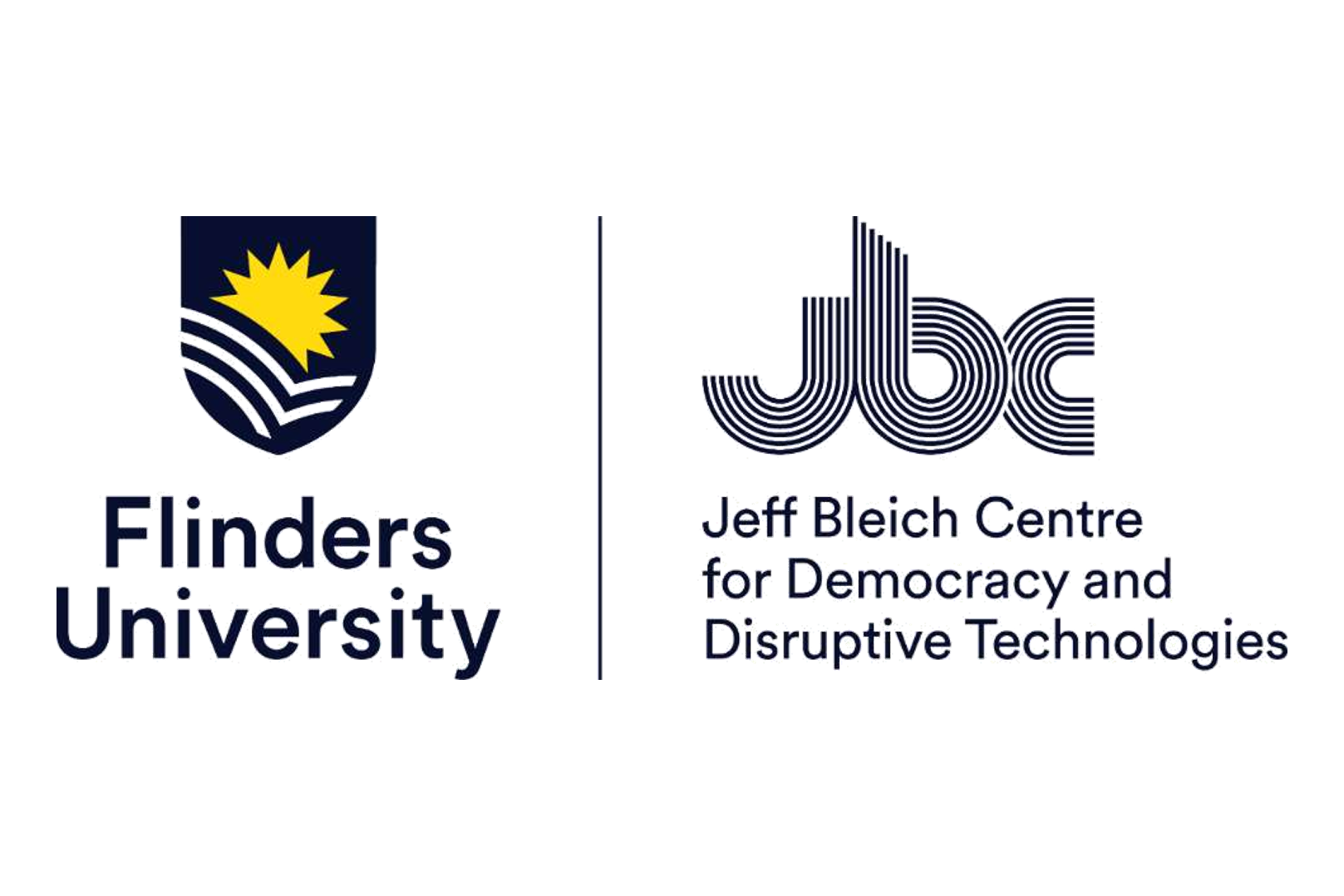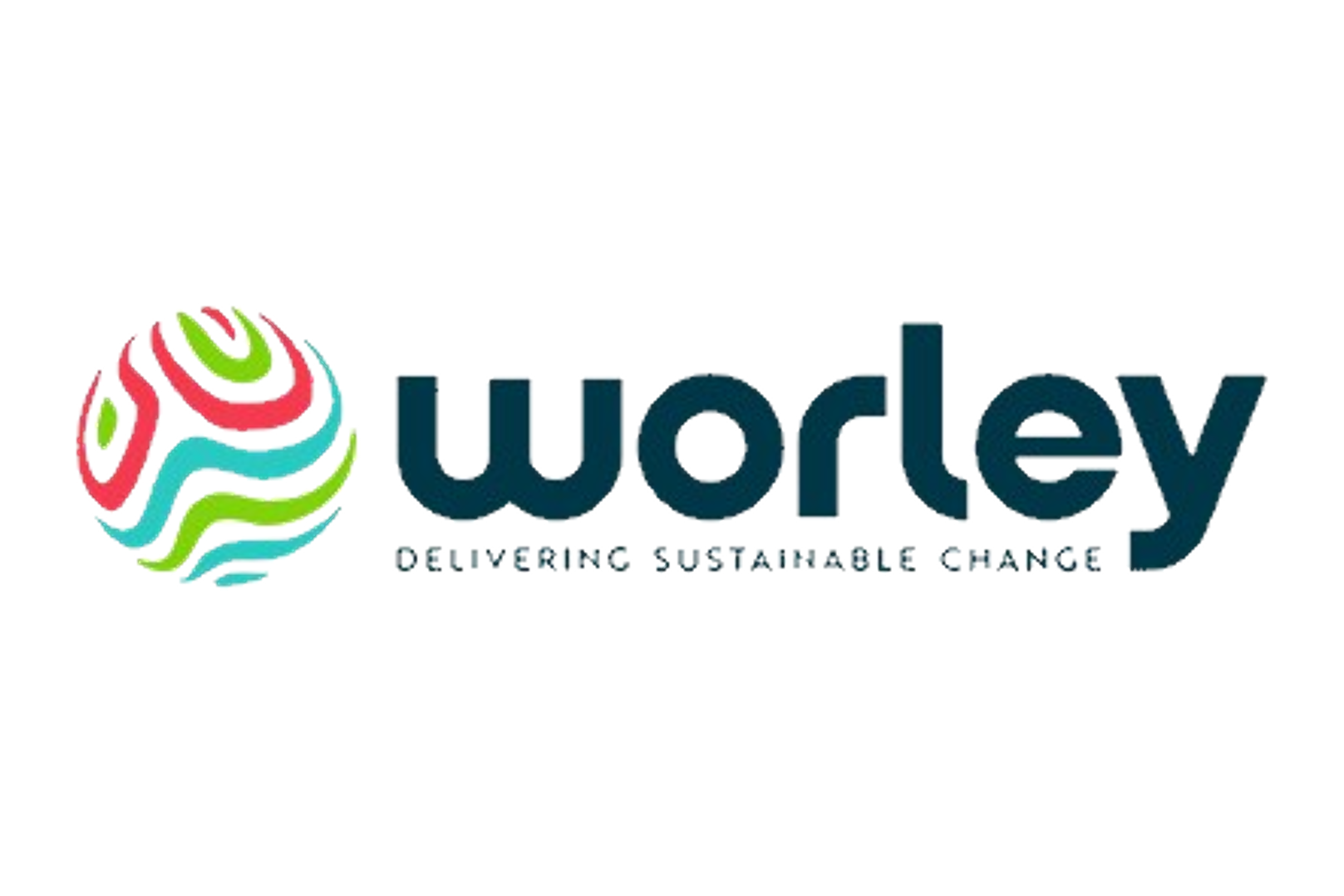In today’s increasingly complex business landscape, problem-solving mastery is emerging as a critical competency for leaders. With businesses facing mounting pressures to deliver results faster and more cost-effectively, those who fail to prioritise problem-solving as a core capability risk being left behind.
Organisations that succeed are the ones that continuously strive to improve – performing better than the day before and delivering greater value to their customers, shareholders, and stakeholders. At the heart of this relentless drive is effective problem-solving, which allows leaders to not only identify and address immediate issues but also deliver long-term benefits.
Leaders at every level are responsible for guiding and facilitating this process. As they rise through the ranks, the complexity of the problems they face grows, demanding more sophisticated approaches. While Australia has enjoyed an unprecedented level of economic prosperity, a growing number of persistent, often wicked problems – from declining productivity to housing affordability – threaten to erode future living standards.

The cost of poor problem-solving
Poor problem-solving has serious consequences, for individuals, organisations, and for the economy as a whole. When leaders are unable to solve problems effectively, resources are wasted, and critical objectives are missed. For organisations, this translates into millions of dollars in lost opportunities; for the economy, billions.
In addition, failure to address key issues contributes to a broader erosion of trust – whether it’s in government or in the social licence of business. It’s no coincidence that regulatory burdens, which stifle productivity and investment, are often the byproduct of poorly solved problems across both the public and private sectors.
We are now at a point where it’s no longer viable to ignore the issue. The rhetoric around the need for innovation often masks a desire for miraculous breakthroughs that don’t require the hard work of solving the underlying problems. But real progress depends on the mastery of problem-solving techniques that can deliver meaningful, sustainable outcomes.

The real question: why does poor problem-solving persist?
While many leaders recognise the value of problem-solving skills, the bigger issue is why poor problem-solving persists. Is it a lack of capability, or is it an unwillingness to tackle the problem head-on? Are leaders aware of the deficiencies in their organisation’s problem-solving processes, or are they reluctant to act due to fear of professional or personal repercussions?
Research shows that many organisations prioritise investment in technical or operational skills at lower levels but neglect the broader problem-solving frameworks that are essential for senior leadership. Without these, critical thinking and problem-solving capabilities are significantly weakened at the top – precisely where decisions have the greatest impact.
For top executives, the ability to solve complex problems can mean the difference between a thriving organisation and one that is merely surviving. Mastery of this skill doesn’t just improve processes; it creates a sustainable competitive edge in a rapidly changing world.
We fail more often because we solve the wrong problem than because we get the wrong solution to the right problem. Russell L. Ackoff
Cultivating problem-solving as a core leadership capability
So, how can leaders build a problem-solving culture in their organisations, one that is quick to deliver results with a substantial return-on-investment? It starts by focusing on the quality of work, rather than just increasing effort.
The first steps for leaders to take involve:
- Modelling curiosity and a commitment to continuous improvement.
- Encouraging a focus on solving the right problems by regularly asking, “Are we addressing the real issue?”
- Distinguishing between symptoms and root causes.
- Using a simple but powerful diagnostic tool like the 5-Whys.
- Recognising and applauding critical thinking and inquiry throughout the organisation.
As organisations progress, more advanced steps can be taken, involving:
- Placing emphasis on progress over the need to be right.
- Defining what success looks like in specific, measurable terms.
- Tightly aligning action to outcomes, rather than repeating business-as-usual activities.
- Introducing another powerful enabling tool, such as Program Logic.
- Publicly sharing and celebrating problem-solving practices and successes.
Problem-solving as a competitive advantage
Effective problem-solving is not just a leadership skill; it’s the foundation of a sustainable business. By mastering problem-solving techniques, leaders can address the challenges of today while positioning their organisations for future growth.
The reality is that problem-solving sits at the intersection of human, functional, and technical skills, and those who excel in it will drive productivity in the years to come. It’s not a question of whether leaders can afford to invest in problem-solving mastery – the question is, can they afford not to?
Note: Russell L. Ackoff was a pioneer in the field of operations research, systems thinking and management science.
For deep insights and practical “how to” advice on problem-solving for business and government today, see my latest book, Smashing the State of Dumb-stuck.


























